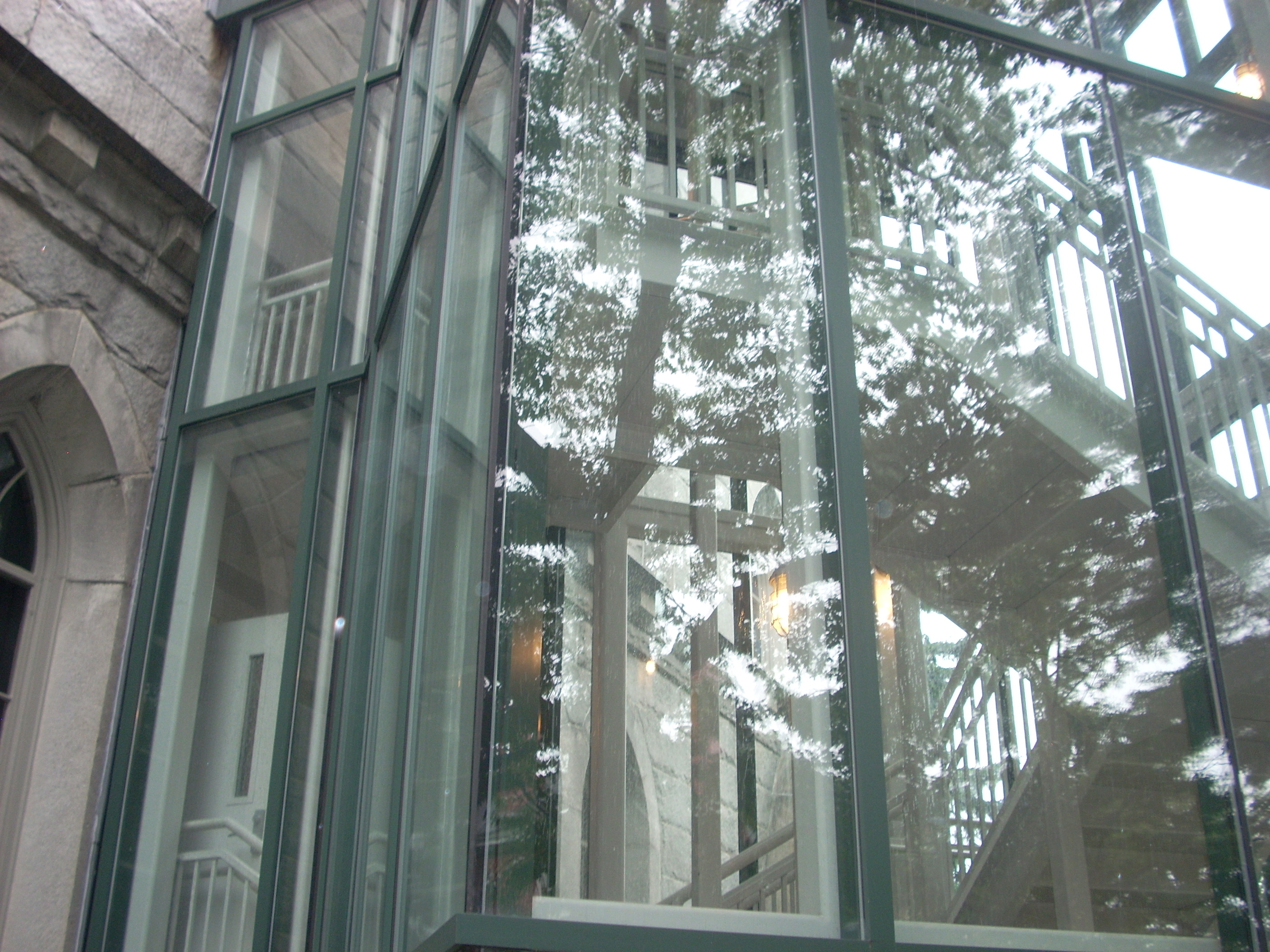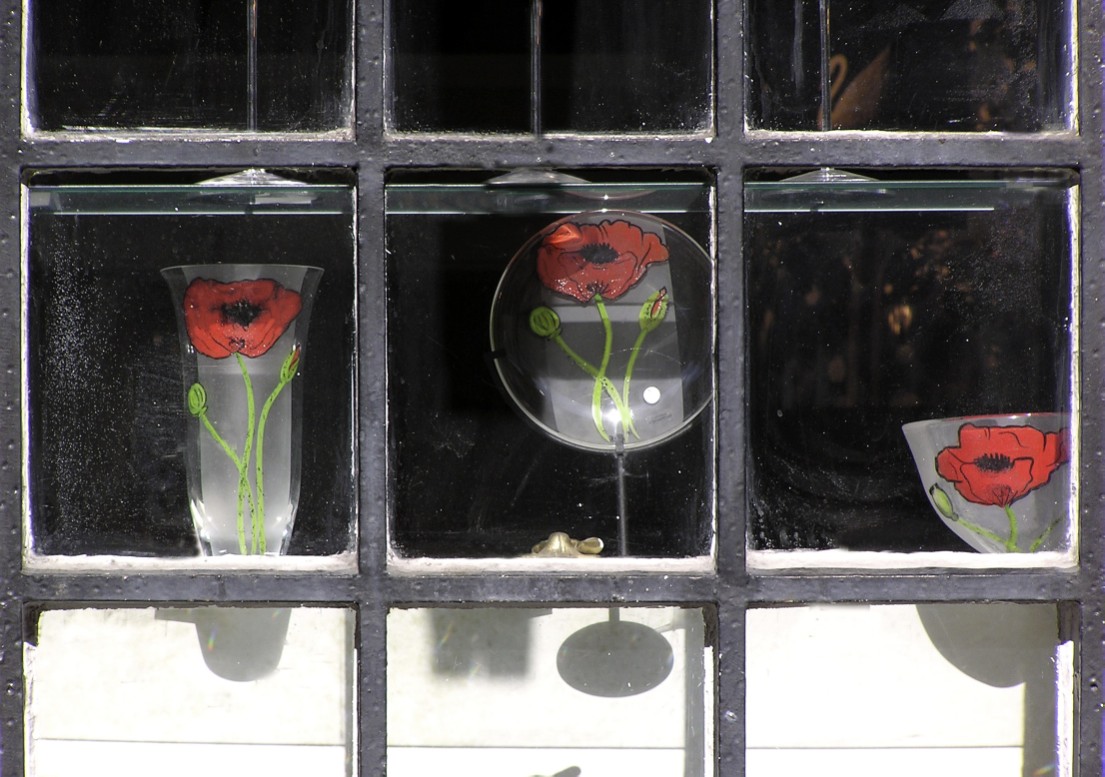
Luft has more to say about this complex issue of anticipatory interaction:
In our heads we play both roles. We play ourselves and we play the other person as we think they will act in our relationship. We make due allowance for the known and unknown quadrants of ourselves and the other individual, as we understand them. Usually, the imaginary interactions are casually done, and it is rewarding to catch oneself playing these scenes. They tell important things about ourselves and about the particular relationship. Frequently, this foreplay occurs as a function of anxiety in the relationship, and more specifically where there is some danger. Then we plan the interaction with greater deliberation. “If he says this, I’ll say that,” ruminates the employee going in to see the boss, “and if he does so-and-so, I’ll do thus-and-so.”
Luft goes on to observe that:
More interaction-in-the-head occurs . . . after real interaction than before. Most interactions are sufficiently open-ended so that the unexpected might occur. This is especially so in view of the presence of the four quadrants in each participant. After the interaction in vivo, we can go over the events in order to savor the experience or to appreciate more clearly what was going on, what went wrong and what went right. Important work in the service of self may take place, awareness may deepen, and problems may be centered on the mind’s examining table for a more careful inspection.
My coaching client, Joseph, certainly used Luft’s “anticipatory interaction” to inoculate himself against potential negative reactions to his harsh leadership; yet, as Luft suggests, this inoculation could have blocked Joseph from greater awareness of the “true” impressions that other people have of him. Through my appreciative coaching with Joseph, he was able to identify a strength that had been unknown to him (Quad Two in the Window of Strength – see Chapter Two).







